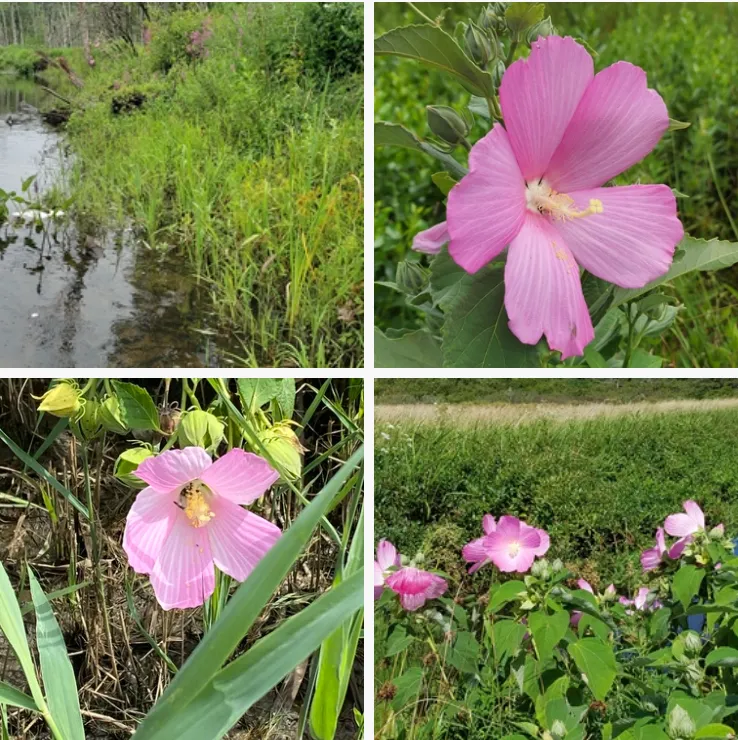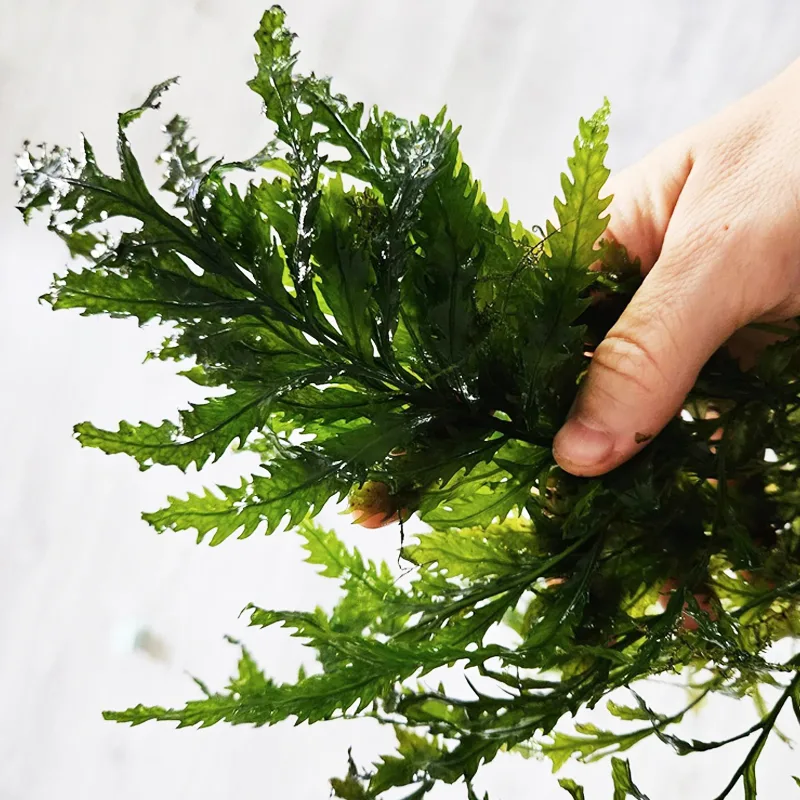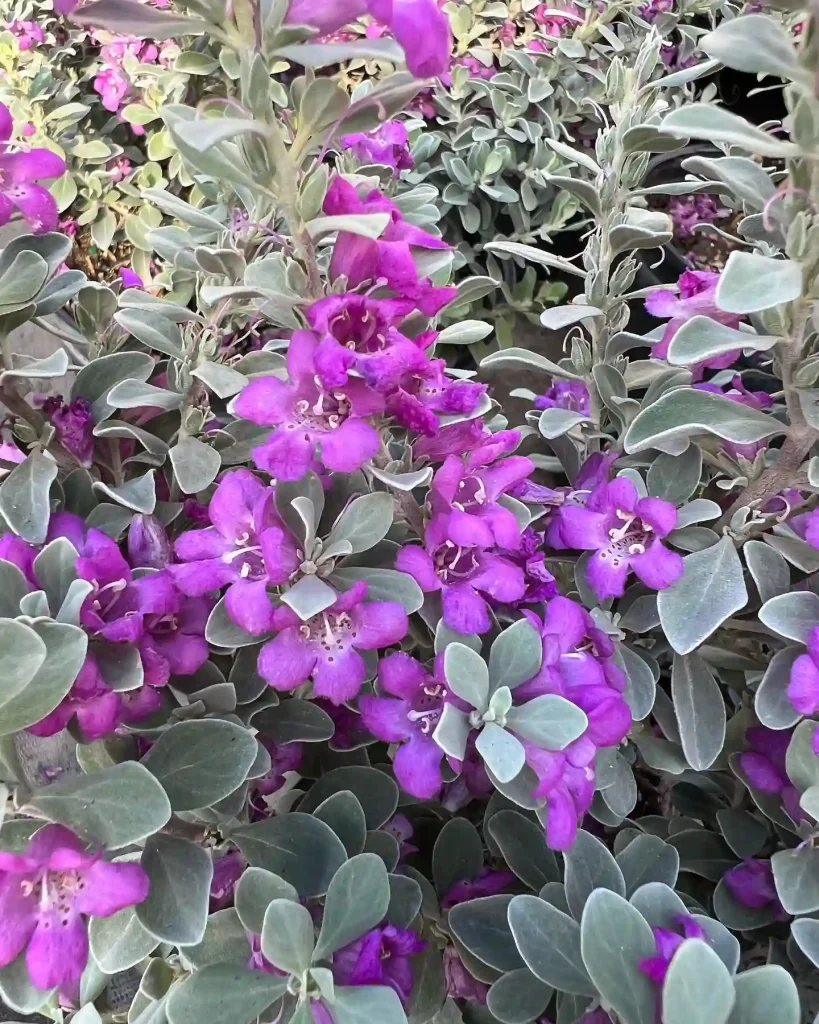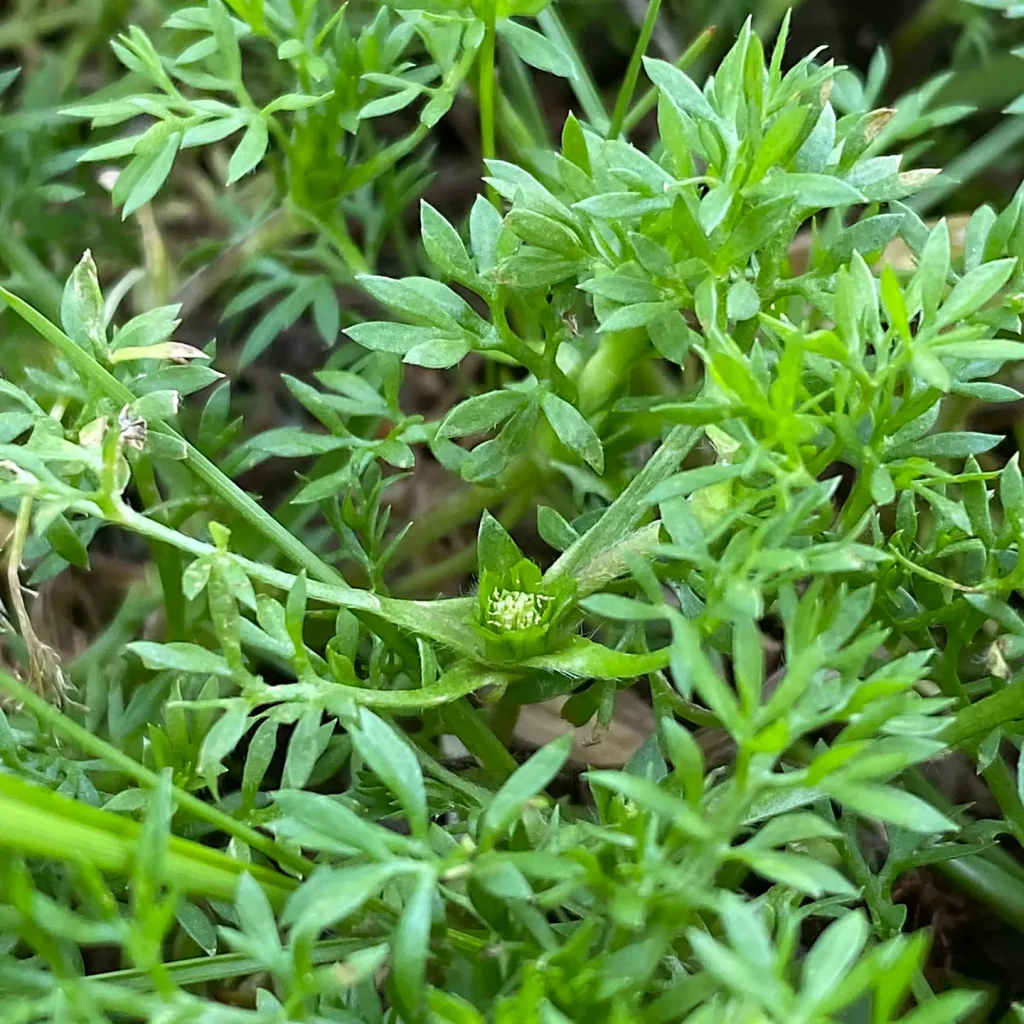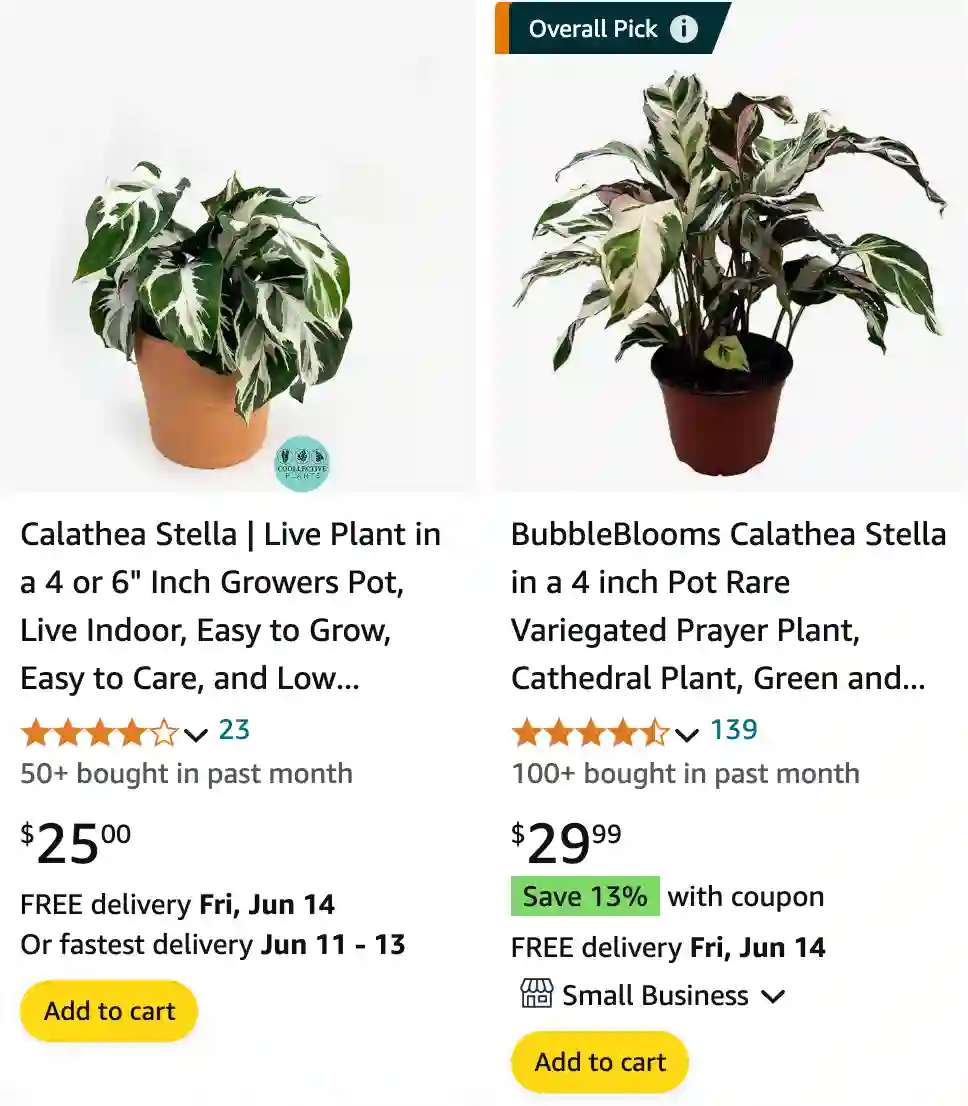
Calathea Stella: Unveiling the Beauty and Care of this Stunning Houseplant
Hey there, plant enthusiasts! Ferb Vu here, and today we’re diving into the world of the captivating Calathea Stella. This tropical stunner has stolen hearts with its stunning variegated foliage and captivating presence. But beyond its beauty lies a unique personality that requires a touch of TLC. So, buckle up as we explore everything you need to know about caring for your Calathea Stella.
59 Species in Genus Calathea
What is a Calathea Stella?
The Calathea Stella is a captivating hybrid belonging to the prayer plant family, Marantaceae. It boasts elongated, elliptical leaves adorned with a mesmerizing interplay of colors. Think deep green splashed with vibrant white streaks, often complemented by a subtle touch of light green running down the center. The undersides of the leaves add another layer of intrigue, typically showcasing a vibrant shade of purple.
This beauty shares some similarities with its well-known cousin, the Calathea White Fusion. However, the Stella boasts a few key distinctions. Firstly, its variegation is more pronounced, offering a bolder contrast of white and green. Secondly, the Stella sports slightly wavy edges, adding a touch of whimsy to its overall form. Finally, it thrives in slightly lower light conditions compared to the White Fusion, making it a more forgiving companion for indoor spaces.
Light Requirements: Finding the Sweet Spot
Calathea Stella, like its rainforest origins, prefers dappled sunlight or bright, indirect light. Direct sunlight can scorch the delicate leaves, leading to brown edges and a loss of vibrancy. Conversely, too little light can hinder its growth and cause the leaves to lose their characteristic variegation.
Finding the perfect spot involves a bit of observation. Ideally, place your Calathea Stella a few feet away from an east-facing window. This provides the gentle morning light it craves without the harsh afternoon sun. North-facing windows can also work, but you might need to supplement with grow lights during the winter months.
Remember, when in doubt, err on the side of less light. A Calathea Stella can adapt to lower light conditions better than it can tolerate excessive sun exposure.
Watering Wisely: Keeping Your Calathea Stella Hydrated
Consistent moisture is key to a happy Calathea Stella. Aim to water your plant deeply when the top inch of soil feels dry to the touch. Avoid letting the soil dry out completely, as this can stress the plant and lead to crispy leaves. However, overwatering is equally detrimental, causing root rot.
Here’s a tip: Stick your finger into the soil. If it feels dry up to the first knuckle, it’s watering time.
The quality of water you use also matters. Ideally, use filtered or rainwater at room temperature. Tap water can contain chemicals like chlorine or fluoride that can damage the delicate leaves.
Humidity Matters: Creating a Tropical Oasis
Calathea Stella thrives in a humid environment, mirroring its native rainforest habitat. Dry air can cause the leaves to curl, become crispy, or develop brown edges.
Here are some ways to increase humidity around your Calathea Stella:
- Group plants together: Plants naturally transpire, releasing moisture into the air. Grouping your Calathea Stella with other humidity-loving plants creates a miniaturized humid microclimate.
- Pebble tray method: Fill a shallow tray with pebbles and water. Sit your Calathea Stella on top of the tray, ensuring the pot doesn’t touch the water directly. As the water evaporates, it increases the humidity around the plant.
- Humidifier: For a more long-term solution, consider using a humidifier to consistently maintain the desired humidity level.
Common Issues and Solutions: Troubleshooting Your Calathea Stella
Even the most attentive plant parent might encounter a few hiccups with their Calathea Stella. Here are some common issues and their solutions:
- Brown leaves: This can be caused by underwatering, overwatering, low humidity, or excessive sunlight. Check your watering routine, adjust the light conditions, and increase humidity if needed.
- Curling leaves: This is often a sign of low humidity. Implement humidity-boosting strategies like the ones mentioned above.
- Pests: Mealybugs and spider mites can occasionally target your Calathea Stella. Regularly inspect the leaves and stems for signs of infestation. Neem oil spray or insecticidal soap can be effective in eliminating these pests.
Calathea Stella vs White Fusion
The Calathea White Fusion boasts leaves adorned with a mesmerizing tapestry of light green, white, and pink hues. In contrast, the Calathea Stella exhibits elongated lance-shaped leaves, adorned in deep green and accented by delicate pale green stripes.
Conclusion: The Rewarding Journey of Owning a Calathea Stella
The Calathea Stella might require a bit more attention compared to some houseplants, but its captivating beauty and air-purifying properties make it a worthwhile investment. With a touch of understanding and consistent care, you can cultivate a thriving Calathea Stella that will add a touch of the tropics to your indoor space.
If i die, water my plants!
